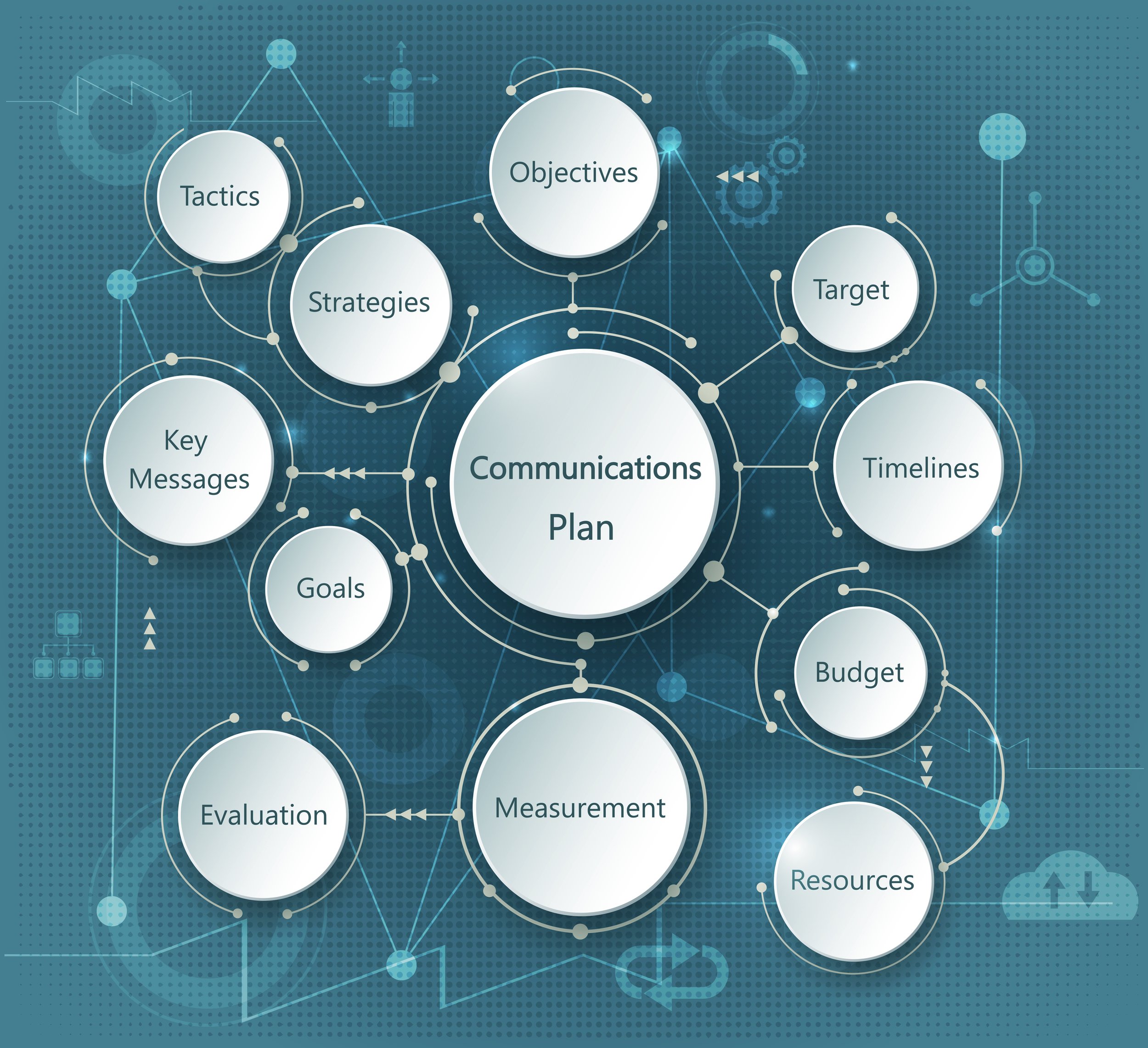Communication Planning
A communications plan is a strategic document used in business, projects, and organizations to guide how, when, and what you communicate to your audience. It's like a roadmap for effective communication. Here's a simple breakdown:
Defining Objectives: The plan starts by defining clear goals. What do you want to achieve with your communication? For example, it might be to inform employees about a new company policy, to engage customers with a product launch, or to build a brand's reputation.
Identifying the Audience: It identifies who needs to receive your messages. Different audiences might include employees, customers, investors, or the general public. Each audience might need different information or a different communication style.
Crafting Messages: The plan outlines what messages need to be communicated. These messages are tailored to meet the objectives and are crafted according to the audience's preferences and needs.
Choosing Communication Channels: It involves deciding how you will deliver these messages. Will you use email, social media, press releases, meetings, or other channels? The choice depends on where your audience is most likely to receive and engage with the message.
Timing and Frequency: The plan also includes when and how often to communicate. This ensures that messages are timely and keep the audience engaged without overwhelming them.
Responsibilities and Resources: It assigns who in the organization is responsible for each part of the communication process and what resources (like budget, tools) are needed.
Measuring Effectiveness: Finally, the plan outlines how you will measure the success of your communications. Are people understanding and reacting to your messages as intended?
